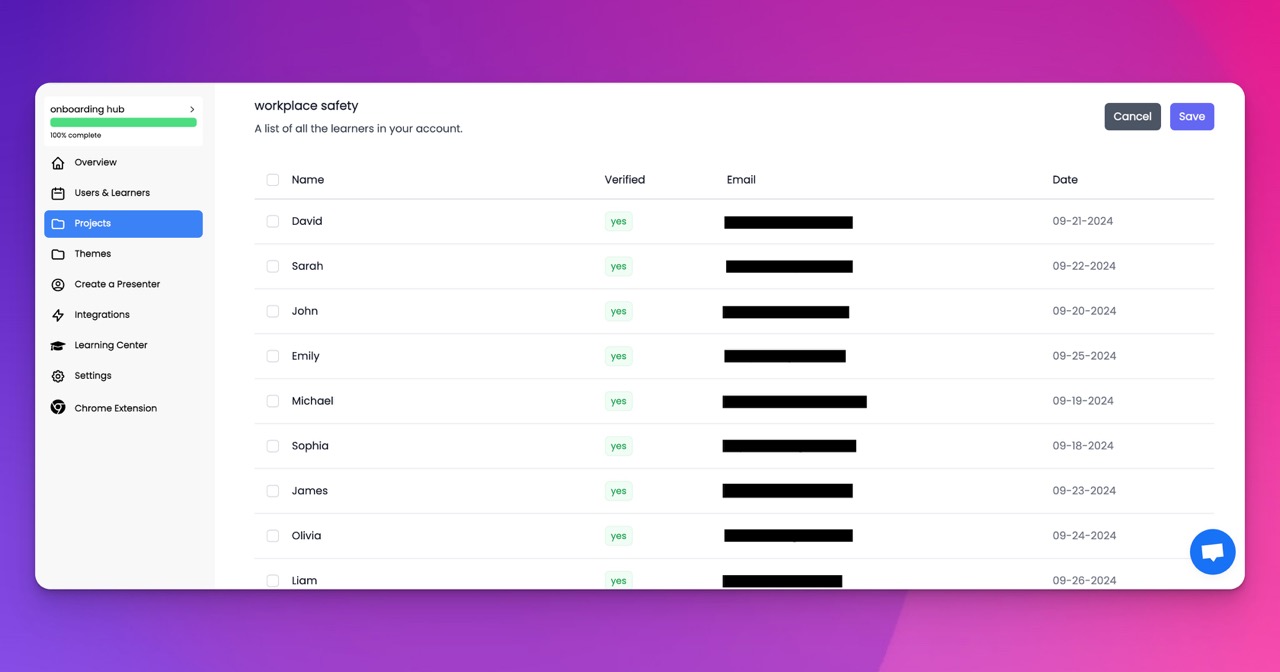🎉 Trainday now integrates with Zendesk and Hubspot 🎉 Trainday now integrates with Zendesk and Hubspot 🎉 Trainday now integrates with Zendesk and Hubspot
🎉 Trainday now integrates with Zendesk and Hubspot
Contact
Waste Management
Creating Employee Training Courses in Waste Management: A Comprehensive Guide
Creating Employee Training Courses in Waste Management: A Comprehensive Guide to Utilizing Data and Artificial Intelligence for Efficient Training
In today's fast-paced world, waste management organizations face increasing pressure to train their employees effectively and efficiently. With advancements in technology, data analysis, and artificial intelligence, organizations now have the tools to create relevant employee training courses in a fraction of the time it used to take. In this comprehensive guide, we will explore how waste management companies can leverage data and artificial intelligence to develop impactful training programs that meet the demands of the industry.
1. Understanding the Importance of Training in Waste Management:
a. The significance of employee training in waste management.
b. Challenges faced by waste management organizations in providing effective training.
c. The need for a comprehensive approach to employee training.
2. Utilizing Data in Employee Training:
a. The role of data in creating relevant training courses.
b. Collecting and analyzing data to identify training needs.
c. Using data-driven insights to tailor training programs.
3. Harnessing Artificial Intelligence for Employee Training:
a. The potential of artificial intelligence in waste management training.
b. Implementing AI-powered learning management systems.
c. Personalized training through AI-powered adaptive learning.
4. Fast-tracking Employee Training Programs with Data and AI:
a. Reducing training time through automated content creation.
b. Enhancing employee engagement with interactive training materials.
c. Accelerating knowledge acquisition with AI-based simulations and virtual reality.
5. Measuring Training Effectiveness with Data Analytics:
a. Evaluating the impact of training programs through data analysis.
b. Tracking employee progress and performance using AI algorithms.
c. Continuous improvement through feedback loops and data-driven adjustments.
6. Overcoming Challenges and Ensuring Success:
a. Addressing potential challenges in implementing data and AI-driven training.
b. Ensuring data privacy and security in training initiatives.
c. Cultivating a learning culture to maximize the benefits of AI and data-driven training.
Conclusion:
The waste management industry is undergoing a transformation, and employee training should be at the forefront of this change. By leveraging data and artificial intelligence, organizations can create relevant training courses that meet the industry's demands in record time. The combination of data analysis, AI-powered learning management systems, and personalized training approaches will revolutionize the way waste management companies train their employees. Embracing these technologies not only saves time but also enhances overall training effectiveness, ensuring a well-prepared workforce capable of tackling the challenges of waste management head-on.
Accelerate Compliance.
Deliver OSHA-Ready Courses Instantly.
Empower your team with data-driven training solutions tailored to your industry's safety standards. Stay compliant, reduce risks, and boost productivity with AI-powered course creation.
